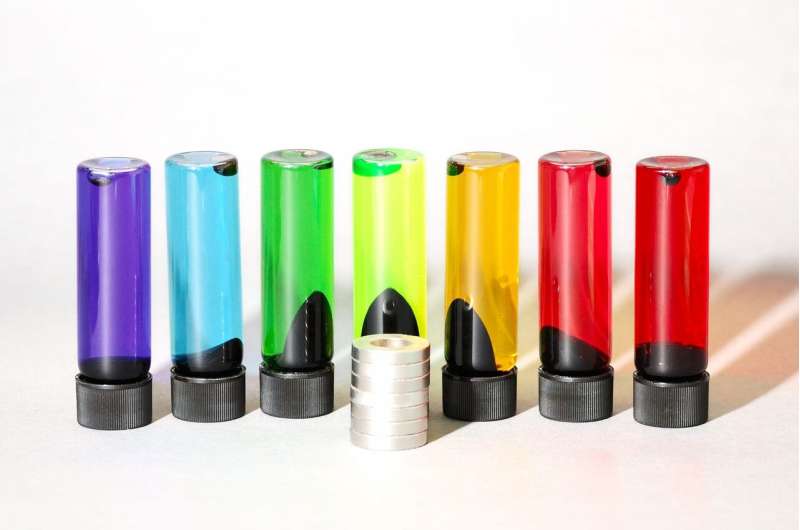The COVID-19 pandemic highlighted the devastating
impact of acute lung inflammation (ALI), which is part of the acute
respiratory distress syndrome (ARDS) that is the dominant cause of
death in COVID-19. A potential new route to the diagnosis and
treatment of ARDS comes from studying how neutrophils—the white
blood cells responsible for detecting and eliminating harmful
particles in the body—differentiate what materials to uptake by the
material’s surface structure, and favor uptake of particles that
exhibit “protein clumping,” according to new research from the
Perelman School of Medicine at the University of Pennsylvania. The
findings are published in Nature Nanotechnology.
Researchers develop structural blueprint of nanoparticles to
target white blood cells responsible for lung inflammation



